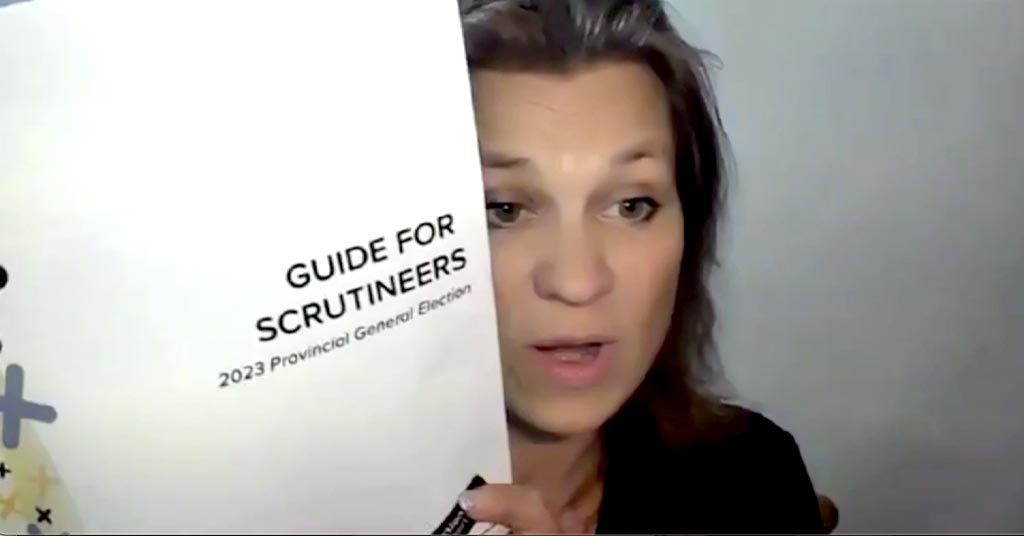
Harper government’s new jobs plan gives “firms an incentive to fire workers”
The Harper government’s new signature proposal timed for the return of Parliament on Monday “makes it weirdly profitable to fire people,” according to an independent analysis by an economist. Mike Moffatt of the Ivey School of Business at Western University analysed the proposed Small Business Job Credit aimed at companies that pay Employment Insurance premiums […]
The Harper government’s new signature proposal timed for the return of Parliament on Monday “makes it weirdly profitable to fire people,” according to an independent analysis by an economist.
Mike Moffatt of the Ivey School of Business at Western University analysed the proposed Small Business Job Credit aimed at companies that pay Employment Insurance premiums equal to or less than $15,000, and found “major structural flaws that, in many cases, give firms an incentive to fire workers and cut salaries.
That’s not what the Harper government said last week when it unveiled a plan to save small businesses more than $550 million by effectively lowering EI premiums from the current legislated rate of $1.88 to $1.60 per $100 of insurable earnings in 2015 and 2016.
It’s all about creating jobs, growth and long-term prosperity, says Finance Minister Joe Oliver. It’s about “takin’ care of business,” Prime Minister Stephen Harper likes to hear.
(Set aside the fact that EI eligibility is now at an all-time low — only 36.6% of workers can access the benefits, down from 83% in 1990.)
Writing in Canadian Business magazine, Moffatt, a small businessman himself and Chief Economist with the Mowat Centre, walks people through the problems with the EI proposal.
“Although this is sold as a job credit, there is no requirement that companies hire new workers. A firm can have fewer workers and a lower payroll than they had the year before and still receive a tax credit,” Moffatt points out.
But the “larger problem” with the proposal, according to Moffat, “is the discontinuity that occurs when a firm reaches $15,000 in EI payments to the government. Once a firm crosses that threshold, it goes from collecting a tax credit of $2234.04 to collecting nothing.”
In other words:
“This ‘EI cliff’ kicks in fairly early, as a small business with as few as 12 employees can have EI contribution costs above $15,000 per year. Those firms then face a decision: Are they close enough to the edge of the cliff that they should cut staff or wages in order to obtain the tax credit. (Full disclosure: I own such a company that is on the ‘wrong’ side of the cliff). The way this proposed system is designed is that the maximum benefit a company can receive from firing a worker and going under the $15,000 threshold far exceeds the maximum benefit a small business can receive from hiring an additional worker:
- The maximum benefit a firm can receive from firing a worker is $2234.04.
- The maximum benefit a firm can receive from hiring a worker is $190.52.
These calculations assume 2014′s EI maximum insurable earnings of $48,600. The maximum benefit of firing a worker is over 11 times the maximum benefit of hiring a worker. Of course, a firm can also alter their payroll costs by increasing or decreasing the salaries of their workers. This new system creates perverse incentives for firms to cut employee salaries:
- The maximum benefit a firm can receive from a $100 payroll reduction is $2234.04.
- The maximum benefit a firm can receive from a $100 payroll increase is $0.39.
The choice to look at payroll increments of $100 is somewhat arbitrary, as I could have chosen to look at units of $1 or $10,000. Regardless of the increment used, it is clear that firms under the $15,000 EI threshold have a big incentive to keep wage increases to a minimum so they do not lose their tax credits. Conversely, firms that are just over the $15,000 EI threshold have an incentive to cut the pay of their staff in order to gain the tax credit.”
Oops.
Photo: lonelycoo. Used under Creative Commons BY-2.0 licence.
Our journalism is powered by readers like you.
We’re an award-winning non-profit news organization that covers topics like social and economic inequality, big business and labour, and right-wing extremism.
Help us build so we can bring to light stories that don’t get the attention they deserve from Canada’s big corporate media outlets.
Donate



